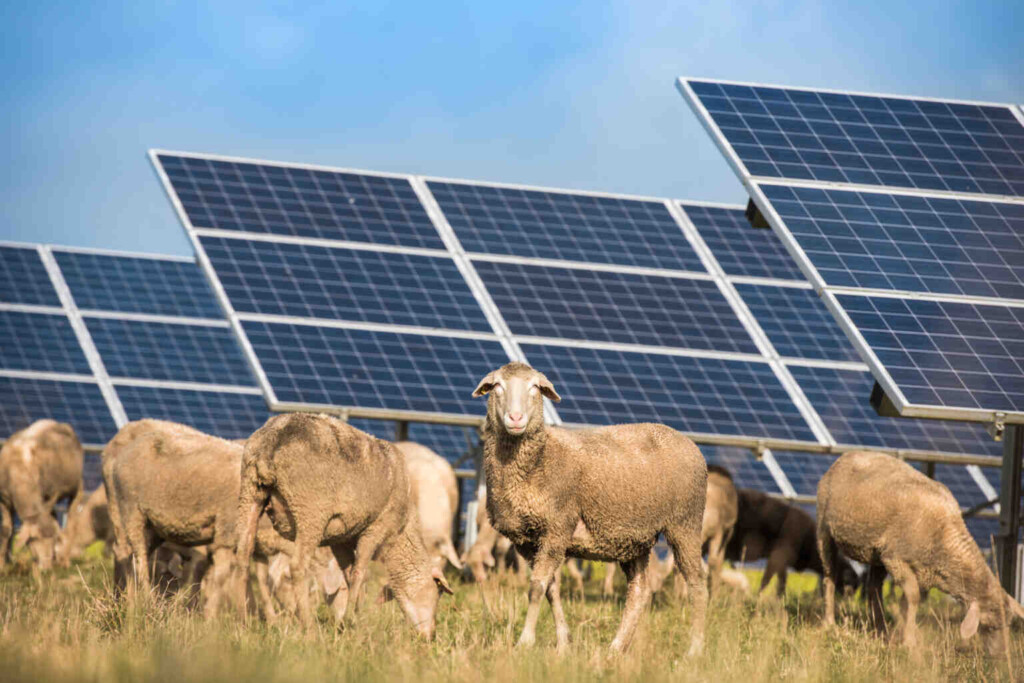A good question
Solar and wind energy projects are now considerably cheaper than an equivalent gas or coal fired power station on a per unit of electricity generated basis. Renewable energy accounted for 42% of UK electricity generation in 2022. Why is the cost of electricity to consumers and businesses higher than it’s ever been?
It’s a complicated answer involving the design of the electricity market in the UK, the mechanism for setting the wholesale price of electricity, the volatility in the natural has market related to the war in Ukraine and the UK’s reliance on gas fired power stations to ensure there is enough electricity to meet the daily peaks in end user demand. The research team at the House of Commons Library have recently posted a research note on the subject for MPs. It’s a good overview of why and
With a complicated answer
The cost of UK electricity is determined by a number of different factors –
- the design of the electricity market in the UK
- a mechanism for setting the wholesale price of electricity based on the most expensive source of electricity on the grid at that point in time (typically gas fired power plants)
- the UK’s reliance on gas fired power stations to ensure there is enough electricity to meet the daily peaks in end user demand.
- the volatility in the natural gas market related to the war in Ukraine
The research team at the House of Commons Library have recently posted a research note on the subject for UK MPs. It’s an easy to read explanation of why things are as they are.
When will renewable energy become cheaper?
Ongoing research and development is continuing to bring down the cost of renewable energy generation. Last week the Department for Energy Security and Net Zero published its latest assessment of electricity generation costs across wind, solar and gas-fired power plants. It calculates the per unit cost of electricity generation for each technology across the operational lifetime of a project. Solar and wind farms are a third of the cost of an equivalent gas power plant with predictions that solar costs will fall even further over the next decade. The Energyst has a good summary to save you reading the 31 page official analysis.

Imminent market reform
The adoption of renewable energy is not just about tackling climate change but also about ensuring energy affordability and security. It’s why the UK Government set up its new Department for Energy Security and Net Zero earlier this year. Falling costs of solar energy alone won’t translate into lower electricity costs for consumers without changes to the market.
The good news is that there is an ongoing UK Government consultation looking at ways of decoupling electricity prices from gas prices. The consultation is expected to deliver recommendations, or market reform, in Autumn 2023 (Review of Electricity Market Arrangements (REMA) to redesign the electricity market to reflect the UK’s ongoing transition towards renewable energy.
What might that mean for energy bills?
The topline message is that electricity bills will come down over time. Exactly how that happens will be determined by the market reform recommendations.
Examples of such recommendations already used and being reviewed are –
- Time of use based pricing –
Where the price paid for electricity changes during the day based on the cost of the electricity generators on the grid at that point in time.
For example, many UK households have already experienced Economy 7 tariffs where the cost of electricity overnight (when demand is lower) is cheaper than during the day.
- Location based pricing –
Where the UK is split into regional zones and the price paid for electricity is based on the cost of electricity generation in that zone. Location based pricing, therefore, is a reflection of the fact that regions across the UK are not equal when it comes to energy generation. For example, there are network challenges and costs associated with moving electricity from wind farms off the eastern coast of Scotland and northern England to London and the south west.

What else needs to happen?
Renewable energy is weather dependent and those expensive gas-fired power plants currently play an important role balancing the supply and demand of electricity in the UK. The ambition is for energy storage to play that balancing role going forwards, storing renewable energy when there’s more supply than demand and then releasing that energy when demand outpaces supply. Reaching this goal is something that we’re working hard on at Clearstone Energy with a number of battery projects located in the south and south west of England.
